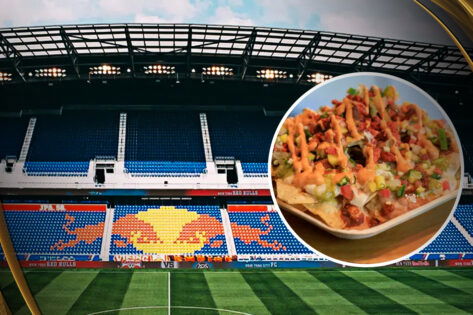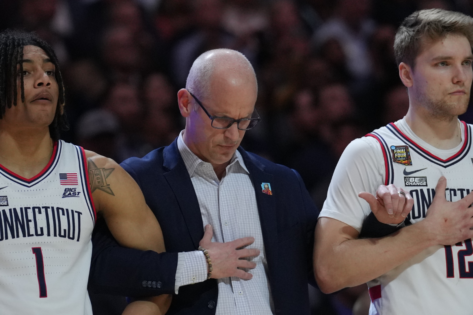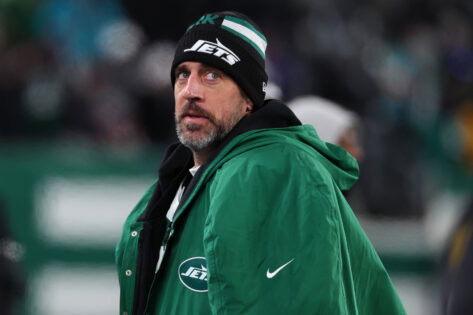A survey showed that to 62% of fans, food is very important when going to a sports or entertainment arena. Yet, barely 44% leave the stadium happy after ordering food. This highlights the great divide between the expectations of fans vs. the reality they face at the stadium. But fortunately, the scenario is changing.
As the stadiums started to leverage premium seating, suites, and executive lounges, the call to match the food service to the service offering became louder. And now, imported French wine is as much a part of the stadium experience as a beer. Sushi is as important a part of the menu as hotdogs. How did that shift happen? And how some stadiums are amping up the game? That’s one curious history to look at.
The modern-day game changers in concession zone
Stadiums are marinating local flavors with gourmet food. The shift started a decade ago, and Centerplate, a hospitality company, was at the heart of that change. Through Stir Design, an in-house hospitality firm, they found that fans prefer to buy concession food when they are locally made. When it contributes directly to the local economy.
Hence the advancement of regional chefs to the stadium, and locally-sourced food. But stadiums used to make a subtle distinction – while they hired regional chefs as consultants, they were not inclined to put only one brand and place it inside the concession zone. But that perception has changed in recent times:
Joe’s BBQ – The Kansas City Royals announced a partnership with Joe’s Kansas City Bar-B-Que which makes the Z-Man sandwich at Kaufmann Stadium.
Quesadilla – Philadelphia Phillies’ latest innovation features Nutella, mini marshmallows, and graham cracker crumble in a crispy flour tortilla served with a chocolate dipping sauce.
Chicago Beef Sandwiches – Both Wrigley Field and Soldier Field offer Chicago’s famous Italian Beef Sandwiches.
Many stadiums have emphasized keeping the price affordable. Phoenix Suns’ $2 Menu, and Clippers’ $5 Menu offer high-quality food at a very respectable price.
While that covers one part of the story, stadiums are taking a multi-pronged approach to take their concession game up a notch. Now they are offering the packaging as a collectible. Take the San Francisco Giant’s 98-ounce branded baseball bat that’s filled to the brim with popcorn. It comes for $22.59.
For $22.59, fans can purchase a 98-ounce souvenir popcorn bat—with free refills—at San Francisco Giants games pic.twitter.com/Vz6SCmTWje
— Front Office Sports (@FOS) March 18, 2025
Whereas, Intuit Dome’s grab-and-go kiosks attend to the customer’s needs at the stadium – where time is at a premium. The over 40 automated shops make the Intuit Dome the most technologically advanced venue in the United States.
Automation could become part of the game-changing move that stadiums are adopting to drive fan engagement. Further, stadiums can leverage the jumbotron to announce special deals, based on the team’s performance. A percentage of discount same as the MVP’s jersey number could work wonders for concession sales.
Surely, stadiums have tried to drive up concession sales before as well. Most strategies at that time included coming up with innovative food ideas. But unfortunately, only a few landed well among fans. Others? They are remembered for all the wrong reasons.
The Good, the bad, and the weird
Remember the time the Great American Ball Park added a new item to their menu: Skyline Chilli Nachos? It’s your regular nachos but topped with shredded cheese and skyline chili in a souvenir red helmet. That one was pleasantly surprising – with fans demanding more of it so that they had to bring it back in 2024 as well.
But the Rocky Mountain Oysters are polarizing. Some Colorado fans swear by them, while others are not really proud of these Oysters aka fried bull testicles. Apparently, it’s the best stadium you would ever have or you would want to wash your mouth as fast as you can.
As was the case with Dodger’s Dog – the notorious hotdog served at the Dodgers stadium. Since the change of supplier in 2021, fans have complained about the quality, the test, the texture, and everything about it.
On the other hand, Tom & Jerry’s Walk Off Corndog at Arrowhead Stadium is definitely one of the weirdest-looking foods you will ever see. It was created in honor of the play that won them the Super Bowl in 2023. Similarly, the Ringer – a corn dog coated in honey and rolled with blue Taki crumbs – at the Lucas Oil stadium definitely makes it to the list of bizarre stadium foods.
Of course, fans play the lead role in making or breaking a food’s popularity. The Giant Nacho helmets created a massive buzz in social media leading to its huge success when it was finally launched. Whereas the Nachos at the AT&T Stadium faced the wrath of the fans as they vented about its low quality on the internet.
Fans, on average, spend $32 on food purchases while watching a match. With the right strategy, concession sales can become a key source of revenue for stadiums. The success of Joe’s BBQ or San Francisco’s Baseball Bat shows that an influx of local flavor with creative marketing strategies will continue to pay rich dividends to the stadium owners.
The post $32 Per Fan? How Stadiums Are Turning Food Into a Revenue Goldmine appeared first on EssentiallySports.



